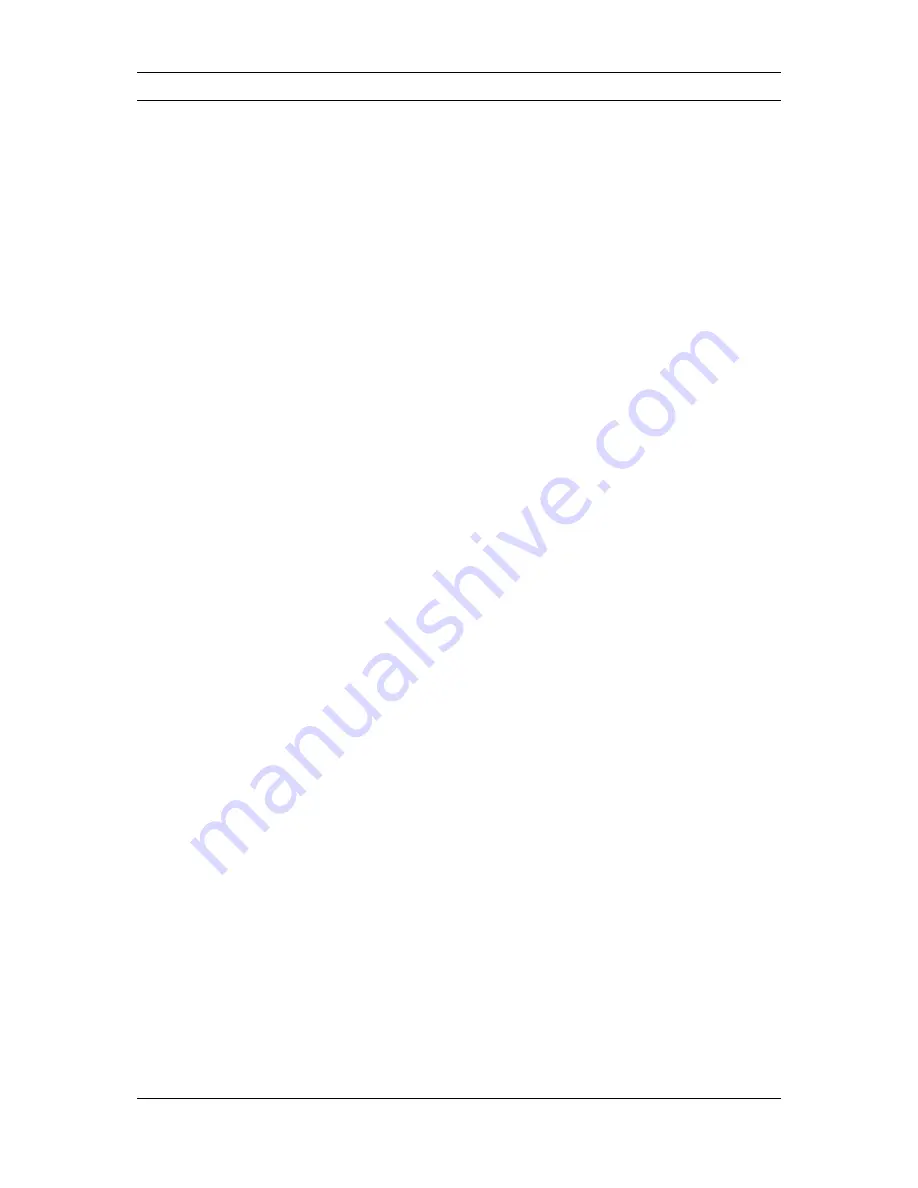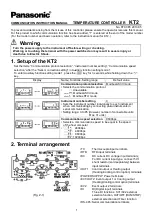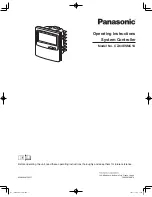
L-VIS User Manual
151
LOYTEC
Version 6.2
LOYTEC electronics GmbH
9.9 Action Objects
Action objects are used to execute various actions on special occasions. As such, they are
often connected to controls, to trigger an action when the user touches, releases, or selects a
control. In some cases, they are connected to data point connector objects, to watch
incoming data point values and trigger an action when a certain value is received.
In any case, the action objects need a parent object which is able to feed the required
information to the connected action, such that the action may monitor what’s going on and
trigger at the right moment. Possible parent objects where actions can be connected include
controls, data point connectors, and page objects.
For every action object, there are three basic things which need to be defined:
Action:
What should be done when the action triggers?
Trigger:
When should the action be considered for execution?
Condition:
Once triggered, under what conditions should the action be executed
and how, if at all, should it be repeated?
When a new action is defined, it is important to think about these three components and
make sure the selected choices actually make sense. Each of the above properties may be
controlled individually, but not all of the possible combinations will actually make sense.
Examples of good and bad configurations will be given later on.
Depending on the selected action type, the action object may accept certain child objects to
work with. Always make sure to set the desired action type first, before trying to add any
child objects to the action. The action may refuse to accept child objects which can’t be
used for the selected action type. Objects which are no longer useful after the action type
was changed are not deleted automatically. Instead, they are marked with a caution sign in
the tree view, to indicate that this object is ignored by the selected action type.
9.9.1 Action Properties
Actions are objects which are not visible on the screen of the device, so they do not use any
of the common properties like font, position, size, or color. Aside from the
General
properties, which apply to all objects, actions are configured on the
Action
property page.
This page is divided in two sections. The top half is used to define the action that should be
executed, when it will trigger, and the conditions under which it will be repeated. The
bottom half is used to set options which may be required for some of the actions.
From the first dropdown list, select the action you want to execute. Currently available
actions are:
Show menu
: Show the current menu, just like performing a press and hold
operation on an empty spot on the display. Useful to build menu buttons which
show the menu when pressed.
Show page
: Jump to the specified page. To select a page, drag a page and drop it
on the action object in the tree view, or press the
Select…
button to open the page
link dialog (see section about page links). The path to the page will be shown in
the option area below.
Next page
: Show the next page of a multi-page menu item. This is equivalent to
the ‘next page’ touch gesture and is useful to build a ‘next’ button.
Prev page
: Same as above, but show the previous page.
















































